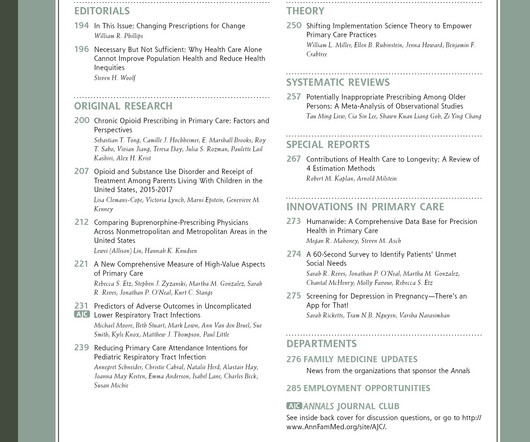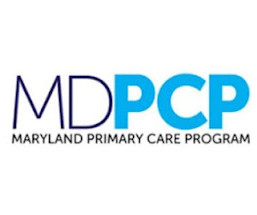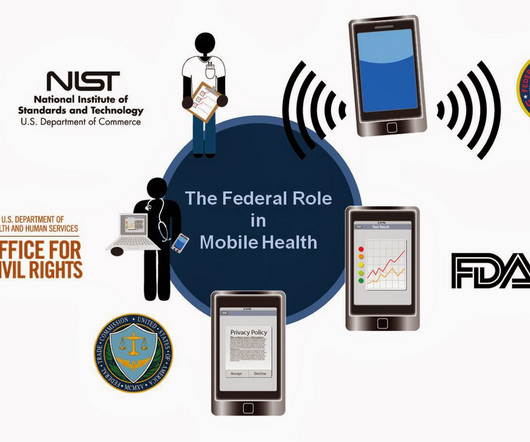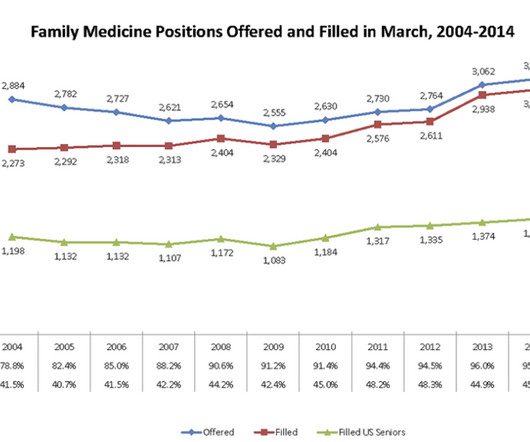Secondary analysis of the SHaPED trial: shifting away from opioids to simple analgesics for emergency care of low back pain [Pain management]
Annals of Family Medicine
NOVEMBER 20, 2024
reduction in the prescription of opioids (OR 0.57, 95% CI 0.38–0.95) without compromising patient outcomes. Objective: To determine the effects of the SHaPED intervention on the use of non-opioid pain medicines in the management of low back pain in emergency departments. non-steroidal anti-inflammatory drugs-NSAIDs).













Let's personalize your content